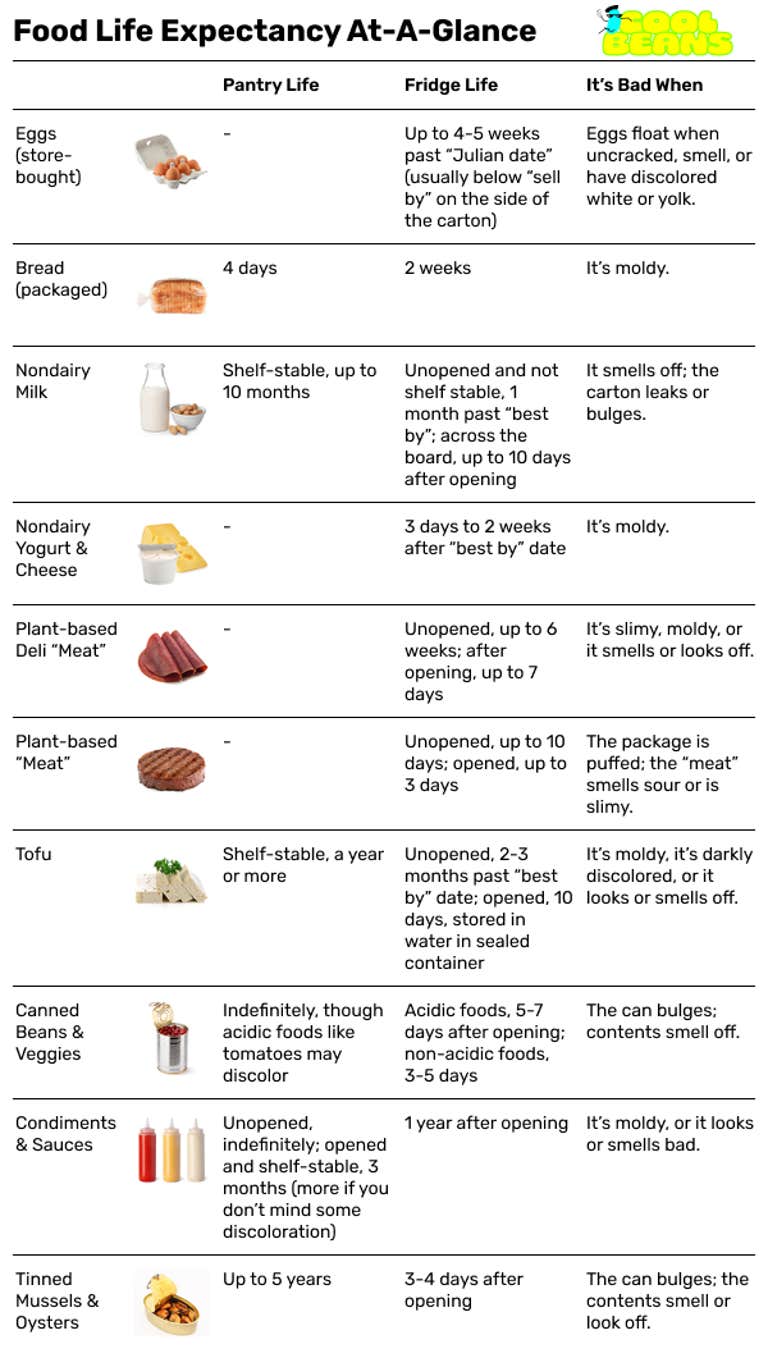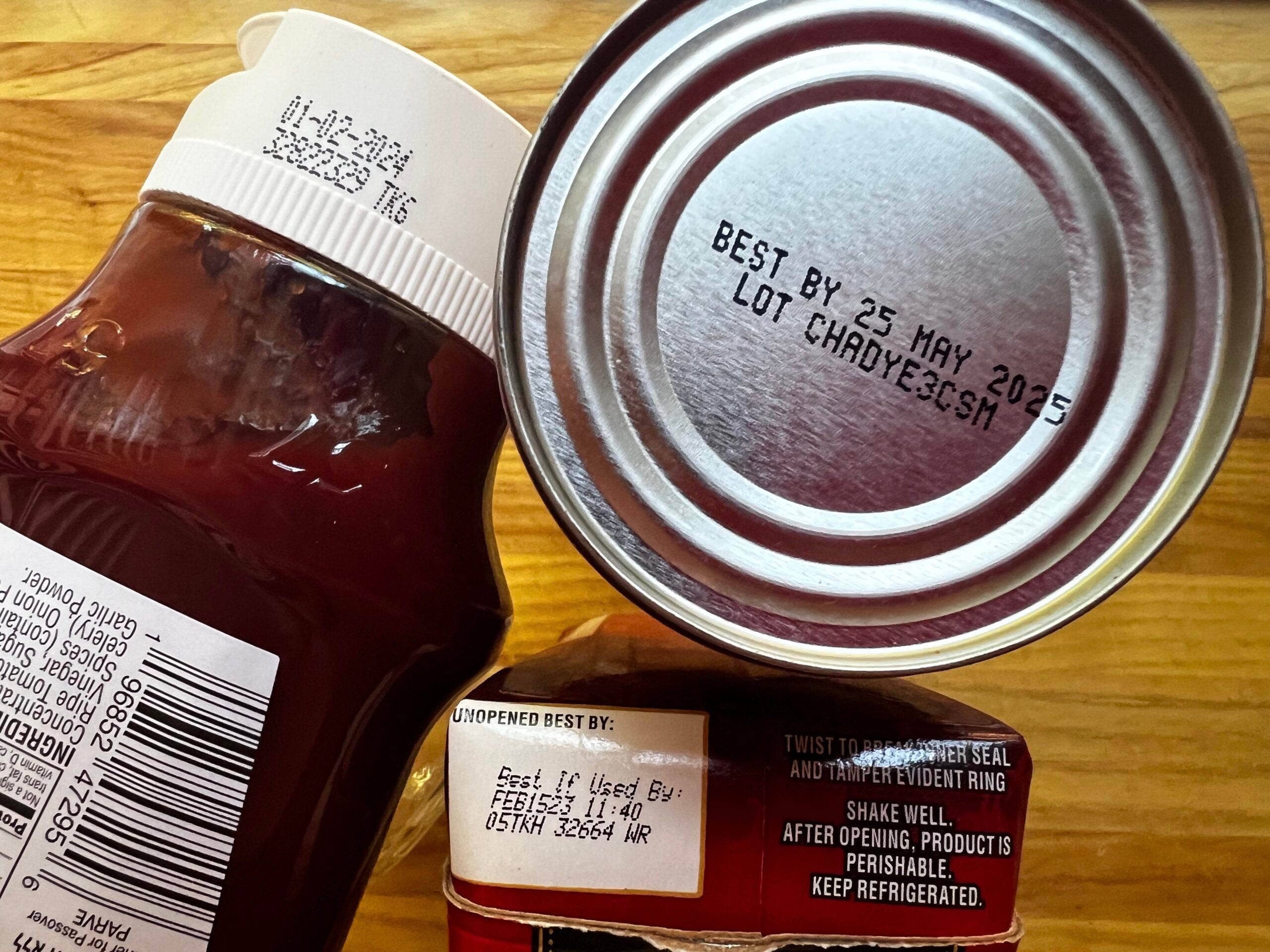You open the fridge and excavate a container of tofu that’s been hiding behind the beer, only to find that its “best by” date passed last week. It looks okay—nothing blue and fuzzy going on—but the phrase “When in doubt, throw it out” is lodged in your head, right where your parents stuck it, and so you toss it. You’re not alone.
Food accounts for more than any other type of trash in the U.S., yet manufacturers slap all kinds of dates on packaged grub, tacitly encouraging you to turn potentially good food into even more rubbish. Those dates aren’t necessarily indicators of a product’s safety as much as when it’s at its highest quality. It’s like this:
Sell by tells the store when to take something off the shelf
Best by connotes when a product is of peak flavor and quality
Use by is when the manufacturer thinks the quality will start to decline, but it’s not a deadline, except with baby formula
In the interest of keeping edible chow out of the landfill, we decided to dig into how long packaged foods—specifically, the Earth-friendly equivalents of commonly tossed vittles—can remain safe to eat. The internet will feed you enough advice on this front to make your head spin, but we got dizzy so you don’t have to and compiled the best guidance for the longevity of pantry and fridge staples.
(The freezer [aka a food time machine] is a whole other matter, and we’ll get to that in another edition. If you’re not subscribed, you can fix that here 👇 so you don’t miss it.)
And remember, none of this is an exact science. Think of these as guidelines, and use your best judgment before feeding yourself or your friends and family.


